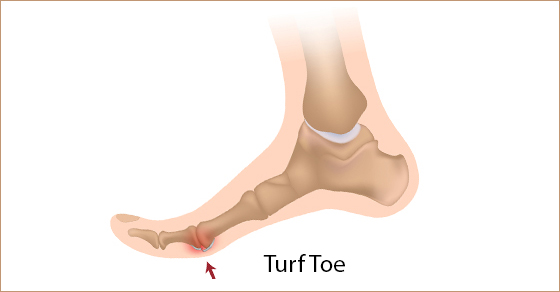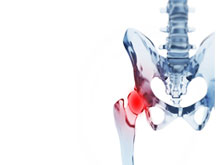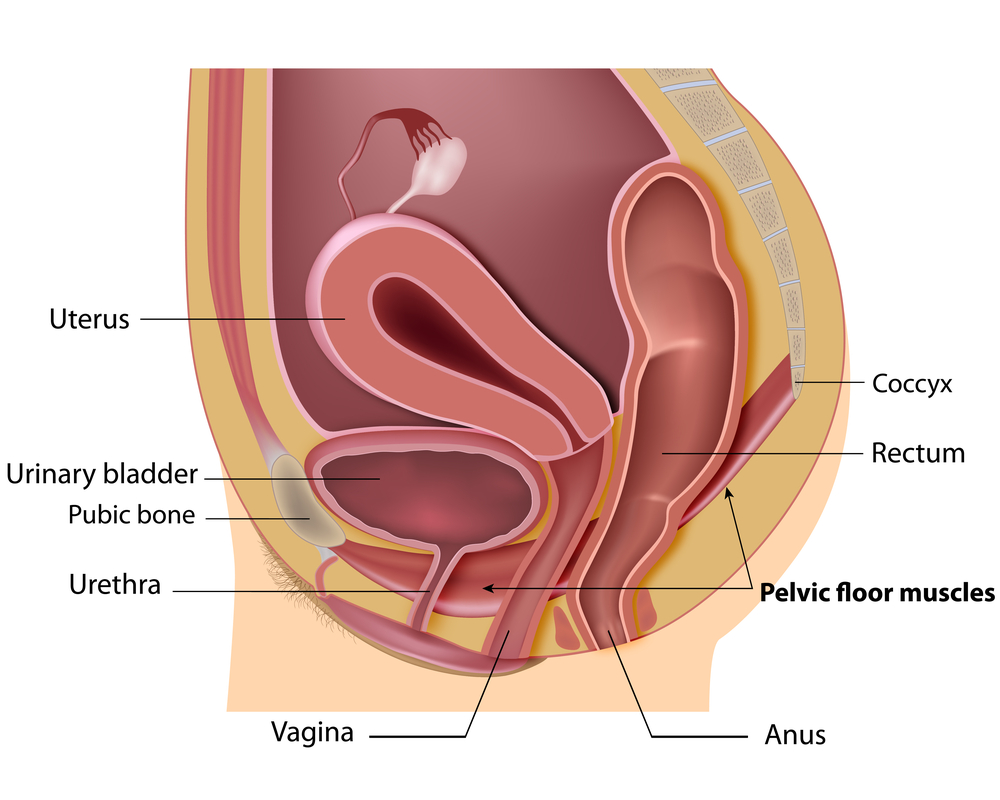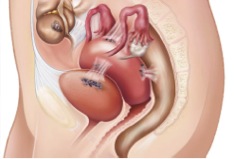strong>Foot Pain Treatment Mississauga
Trending Now: Blue Jays’ Jose Batista on 15 day disabled list

Blue Jays’ Jose Batista hurt his big toe during a June 16 game against Philadelphia. After running into the outfield wall, Bautista had to leave the game early because of pain. An MRI showed that he had suffered a sprain of his left big toe. He had to be in a walking boot for the time being. It may seem like it’s an excessive treatment plan for just a simple sprain. In reality sprains can sometimes be more complicated than a fracture.
What is a Ligament?
A ligament is a soft tissue structure that connects two bones together. Ligaments do not receive a good blood supply like muscles or tendons and as a result, they cannot heal as well.
Types of Sprains
A sprain is defined as a stretch or tear of a ligament.
Furthermore, sprains can be classified into three groups based on the severity of injury. A grade I sprain means that there is mild damage to the ligament and the joint is stable. A grade II sprain means that there is a partial tear in the ligament and the joint is overall less stable or loose. The most severe type of sprain is classified as grade III and it means that the ligament has completely torn or ruptured and the joint has lost stability.
How can a Registered Physiotherapist help with Foot Pain treatment Mississauga?
A Registered Physiotherapist helps with all three types of sprains. The treatment for sprains starts with rest and reducing inflammation. Depending on the type of sprain, it may be necessary for immobilization in order for this to occur. For example a grade II sprain you can get a removable walking boot. A grade III sprain you can get a cast. Once inflammation is reduced and pain is better, treatment seeks to improve range of motion and strength and a return to activity or sport.
Since Jose Batista has been wearing a walking boot, it seems that his injury is at least a grade II. Considering the poor blood supply of ligaments and the severity of his particular sprain it is definitely best for him to be out of the game for at least 2 weeks. Proper foot pain treatment Mississauga in the early phase of injury is very important so that the ligament is well protected and given the best chance for healing. Once the walking boot comes off, his injury will be re-evaluated and the Blue Jays’ medical team will decide on his further treatment plan and eventual return to play.
Jose Bautista’s toe injury improving
If you have been injured, call PhysioNow today! They can help with Foot Pain treatment Mississauga!


 Resolution of the symptoms after surgery can be more temporary if the symptoms originate from elsewhere. Our experienced Registered Physiotherapists at PhysioNow will assess you to find out the actual cause of your symptoms and will help you to get rid of your symptoms. Call
Resolution of the symptoms after surgery can be more temporary if the symptoms originate from elsewhere. Our experienced Registered Physiotherapists at PhysioNow will assess you to find out the actual cause of your symptoms and will help you to get rid of your symptoms. Call 